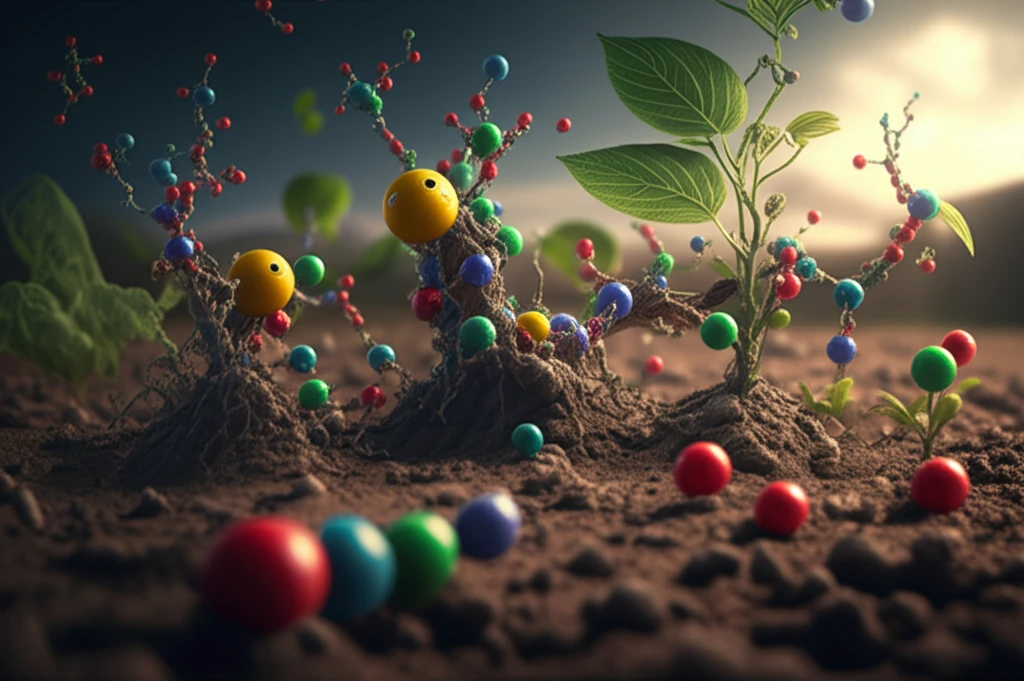
Is Your Food Safe? Understanding Pesticide Residue and How to Minimize Your Risk
"Navigate the complex world of pesticide degradation, residues, and environmental concerns. Discover practical steps for safer food choices."
Since World War II, pesticides have been essential in boosting agricultural yields, with widespread use of compounds like DDT. Today, we apply millions of tons of pesticides annually to protect crops from pests and increase food production. While pesticides target harmful organisms, the assumption that they are harmless to other species, including humans, is often incorrect. This has led to significant environmental and health concerns.
Pesticides spread beyond their intended targets through various pathways, including unintentional releases during transport and manufacturing, direct application to food crops, and the accumulation of degraded by-products in soil, water, and sediments. While designed to regulate pests, the unregulated and inappropriate use of pesticides can have adverse effects on both human health and ecosystems.
The dangers of pesticides include rapid fat solubility and bioaccumulation in non-targeted organisms, leading to severe health hazards. These impacts depend on the sensitivity of organisms to specific chemicals. Even with the prohibition of some persistent pesticides like organochlorines, their use continues to rise in many countries, making it crucial to understand pesticide degradation, residues, and environmental concerns.
How Do Pesticides Break Down in the Environment?

Pesticides are intended to degrade quickly, ideally within days or weeks. However, after application, most pesticides are absorbed by plants and other organisms, with the remaining fraction breaking down into by-products that can move into different parts of the environment. These degradation processes often result in new toxic chemicals, known as residues, that can chronically affect ecosystems and inhabitants.
- Chemical Characteristics: A pesticide's volatility, solubility, and adsorption capacity determine how easily it moves.
- Soil Properties: Soil porosity, clay content, and organic matter affect pesticide transport.
- Environmental Factors: Hydraulic loading (water flow) and agricultural practices play a crucial role.
What Does This Mean for You?
Understanding the fate and behavior of pesticides in the environment is essential for promoting safer and more sustainable practices. By considering factors such as soil properties, environmental conditions, and degradation pathways, we can develop strategies to minimize the risks associated with pesticide use and ensure the safety of our food and ecosystems. It’s a multifaceted challenge, but awareness and informed action are key to mitigating pesticide-related issues.
